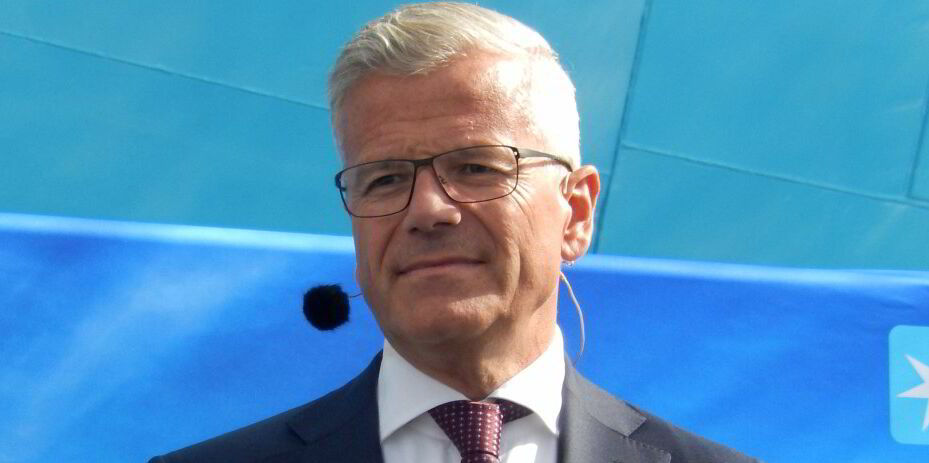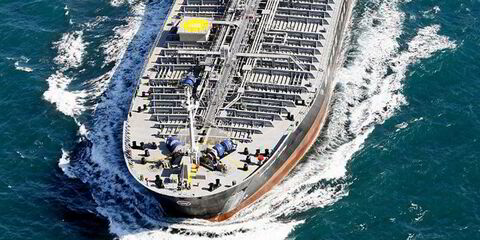Container freight rates out of Asia have again soared as liner operators push through a raft of peak season surcharges.
And there are few signs of the market cooling as Asian ports continue to wrestle with congestion issues.
Drewry’s World Container Index (WCI) rose by 10% to $5,868 per 40-foot equivalent unit (feu) in the week to 4 July.
That is below the previous pandemic peak of $10,377 in September 2021, although well above pre-pandemic rates of $1,420.
On some measures, there are signs of Covid-level spot rates being reached.
Today the underlying freight rate on the Asia-US West Coast (USWC) route was $8,103 per feu, just short of its all-time high of $8,117, according to the Shanghai Containerized Freight Index.
Rates from Asia to the US East Coast (USEC) were assessed at $9,945 per feu, nearing its pandemic high of $11,976.
Pandemic highs?
Others suggest there is still some way to go before pandemic highs are reached.
“At this point, it is not likely we will see the spot market reach the heights of the Covid-19 pandemic, but it cannot be ruled out completely,” notes Xeneta analyst Peter Sand.
Spot rates from Asia to the USEC and USWC are at 72% and 79% of their pandemic peak levels from early 2022, according to Xeneta figures.
On the Asia-Europe trade, spot rates have passed the halfway point in the climb towards the pandemic peak of $14,783 in January 2022.
“Carriers need to do everything they can to ease port congestion and stop calling at the same transshipment hubs in Asia and Europe,” Sand noted.
“If this does not happen — and there is no change to the situation in the Red Sea — then spot rates will continue to climb.”

Congestion
A big problem for liner operators is the growing congestion in Asian ports.
Singapore, the world’s largest transshipment hub, has become an epicenter of disruption in the Far East, Sand notes.
Moreover, the port congestion toxicity has now spread to neighbouring Malaysian hubs with Port Klang recording all-time-high congestion on 1 July.
That helped fuel increases from Asia to the USEC of more than $1,300 per feu — or 17% — over a single week to over $9,100 per feu, according to the WCI.
Drewry expects a minor increase in freight rates out of China as Asian ports face congestion issues.
Port congestion is at 18-month highs, with multiple issues arising across Asia, as well as German and Mediterranean ports such as Barcelona, according to DHL Global Forwarding
“These changes are placing significant strain on their capacity to handle the influx,” DHL said.
The shipper laments the weekly adjustments of peak season surcharges and general rate increases on Asia outbound trades.
“We’re now observing spillover effects impacting secondary trades like Intra-Asia, which are also experiencing sharp rate increases in June,” the company noted.
Coffers boosted
The disruptions are likely to boost the coffers of liner companies further.
Analysts at Fearnley Securities have upgraded the container liner shipping segment to buy from sell.
The upgrade comes on the back of strong demand, longer sailing distances and increased congestion.
The disruptions provide earnings upside for liner stocks such as AP Moller-Maersk and New York-listed Zim.
If the Red Sea diversions continue, earnings may spill over into 2025, the analyst notes.
Forthcoming rate rises could be less severe than in recent weeks, argues Judah Levine of freight portal Freightos.
He suggests that the early start of the peak season in May could mean an early end.
Congestion rates are expected to peak in July and August, he added.






